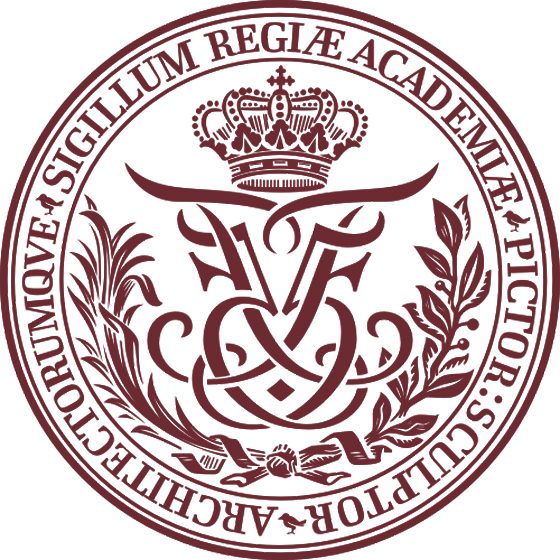The Fredensborg Palace and gardens are one of Denmark’s most significant baroque monuments, and the largest.
The summer palace and hunting lodge with gardens were created over two generations between 1720 and the 1760’s and has ever since been a favourite summer retreat for the Danish royal family. Thus, it is a living monument which has gone through significant changes through its existence. From the mid-20th century, the gardens have been gradually recreated in the original baroque vision, and in 2009 a comprehensive “Perspective Plan” was made in order to secure a high level of quality in the conservation and maintenance of the gardens. The conservation work has now come to a conclusion.
For any landscape work, conservation is a complex problem. In the Fredensborg Gardens, there were questions at every scale. Some of the grand avenues have been changed or removed during the past centuries, and the deer park is no longer used for hunting, so some of the functions are now redundant. Other elements of the park had aged so badly that they needed replacement, such as the rose garden and the many sculptures. On the other hand, a new generation in the royal family have reintroduced horses to the stables, with their needs.
The reconstruction and conservation of the different elements are the result of a wide, cross-disciplinary collaboration, including landscape architects, gardeners, sculptors and stone masons, dendrologists, archeologists and art historians. The security measures for the royal family were also a significant issue. New methodologies have been applied, including DNA analysis of the historic linden trees. Through all of this, there has been a consistent artistic vision, guiding the many decisions.
Today the gardens and deer park are again an aesthetic whole with the palace, as created in the 18th century. A contemporary visitor will experience the enchanting complexity of the design, spanning from the long views towards Lake Esrum to the whimsical figures in Normannsdalen and including the several more intimate landscape spaces throughout the park. The interplay of geometry and “wilderness” reflect the baroque landscape ideal. Necessary functional changes have been made in the spirit of the original design, and the whole is beautifully maintained.
The Fredensborg Garden has been brought to life, as a lush memory of the enlightenment ideas it represents. It is again a garden of knowledge and nature, of grandeur and pleasure.
Venlig hilsen
AKADEMIRAADET



